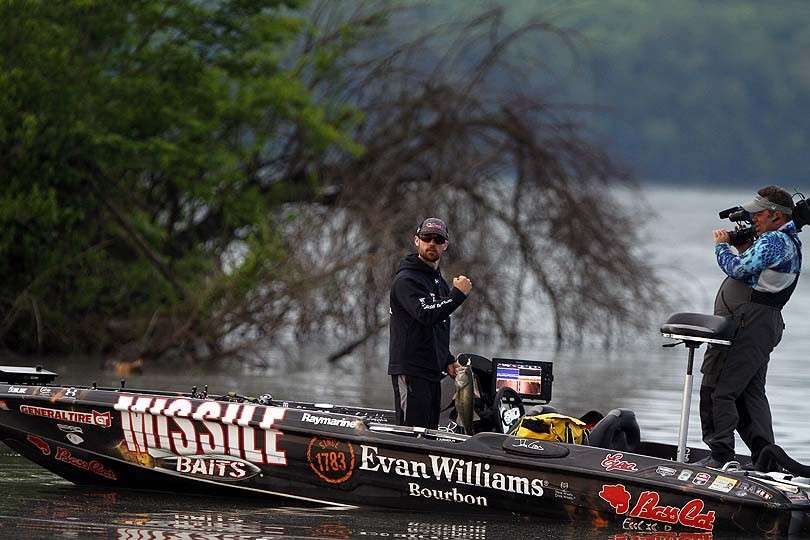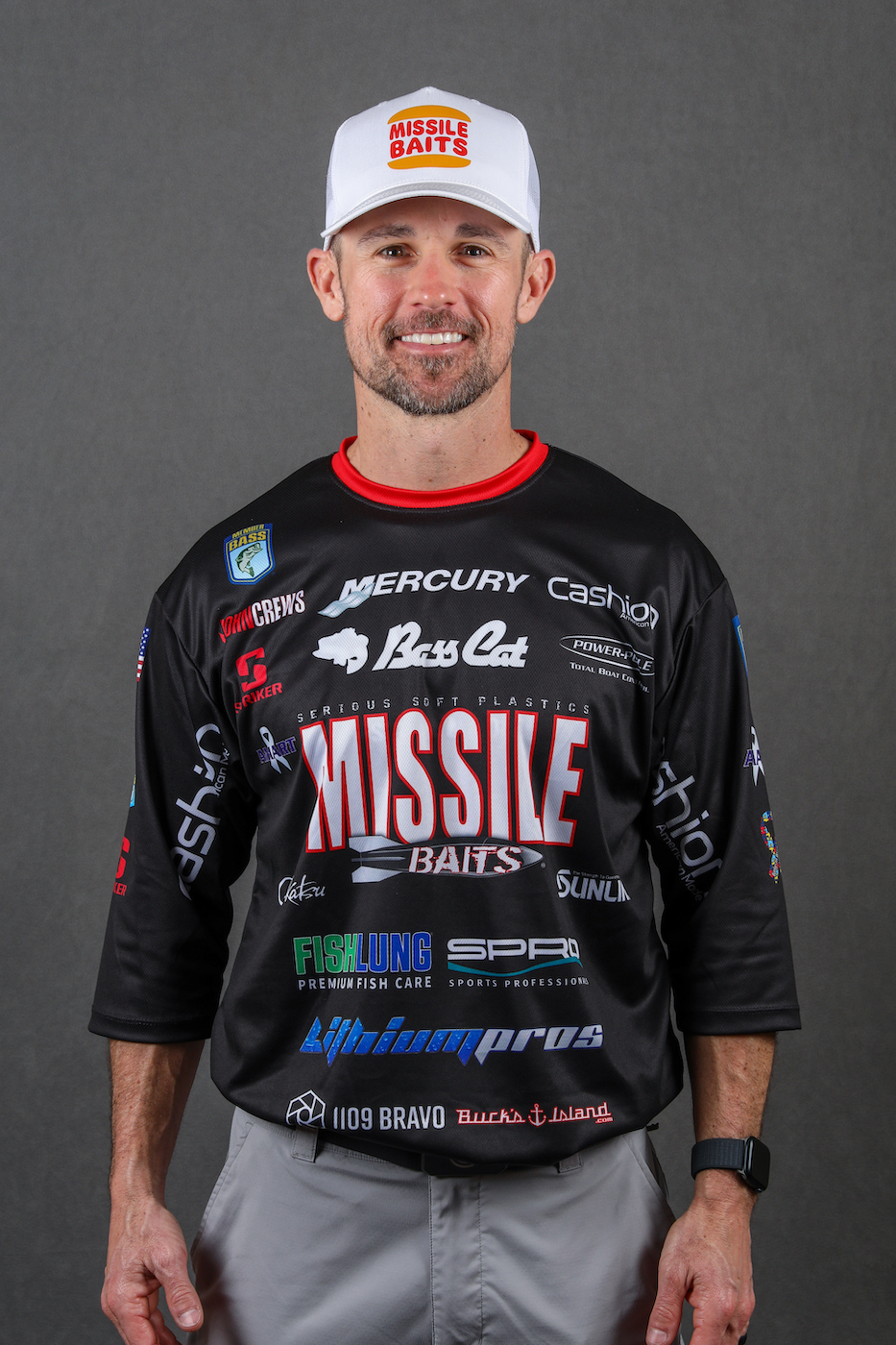
Modern electronics will give us information we couldn’t even dream about 10 or 12 years ago. Frankly, I can’t imagine trying to fish a high-level tournament without my Raymarine units. But they don’t replace common sense and basic angler skills.
With that in mind, let’s take a look at some of the ways you can use your units to give you practical information the next time you’re out chasing bass.
Marking trails and waypoints with your GPS can be useful if you use those features wisely. Turn your trails on and you can see where you’ve been. That’s helpful if you want to cover a sizeable area without missing spots or without wasting your time by going over the same water twice. And, if you’re on a new lake, they’ll help if you want to keep an eye on where you’ve been and where you’re at. They’re also good for marking shortcuts or routes through hazardous water.
If you fish the same lake all the time, however, you might want to turn them off. You know where you’re at and what’s out there so why clutter your screen with a wad of spaghetti-looking strings? All that’ll do is keep you from seeing the information you really do need.
Marking waypoints is helpful if you want to return to the same spot again, but don’t become a prisoner to them. If you mark a spot that’s full of fish one day but go back the next day to the same spot and things have changed, you need to change. It’s a waypoint, not a fish.
Water temperature readings are also useful. If you’re looking for warmer water, cooler water, or if you just want to know what’s going on they’re invaluable. But keep in mind that they’re measuring temperature from where the transducer is located. At the most, that’s a couple of feet down. Your unit doesn’t tell you a thing about the temperature at 20 feet. That requires experience, or a thermometer on a string.
DownVision and SideVision on Raymarine units, as well as similar features on other units, are really good these days. There’s no comparison with the old 2D technology. It really is that good.
Hard bottoms show very bright and most units will let you easily distinguish between gravel and small chunk rock. They give you a better view of drops, breaks and channels, too. In some cases the detail is so good you can actually see fish sitting in tree tops.
I would encourage any serious angler to upgrade if you haven’t already.
A word of warning is in order here, however. Don’t spend all your time staring at your screen. Pay attention to what’s going on around you. Are the baitfish flipping? Are squirrels running the bank? What are the birds doing? What about the wind? Where’s the sun?
Regardless of how fancy your GPS and your SONAR units might be, they’re still tools. As an angler you have to find the fish and then catch them. Fishing is not a computer game. It’s real.
One final thought: Big screens are worth the money. The difference between a 5-inch screen and a 10-inch screen is unbelievable. The detail and ease of viewing makes all the difference in the world.

